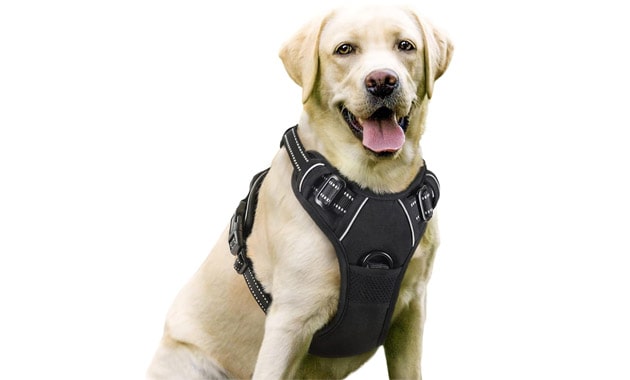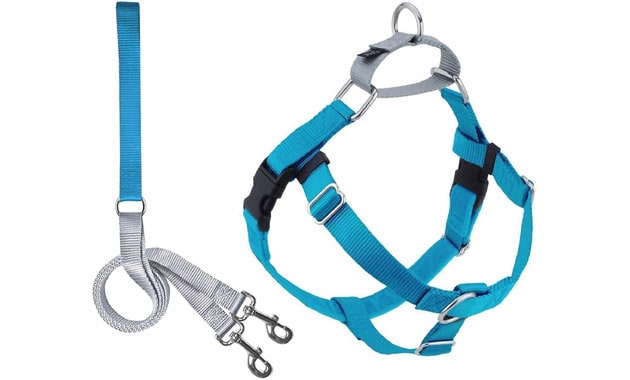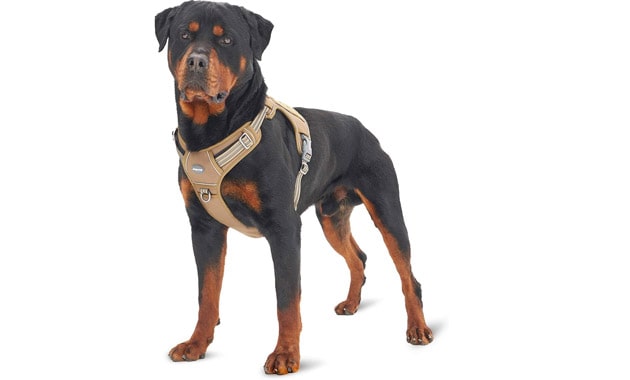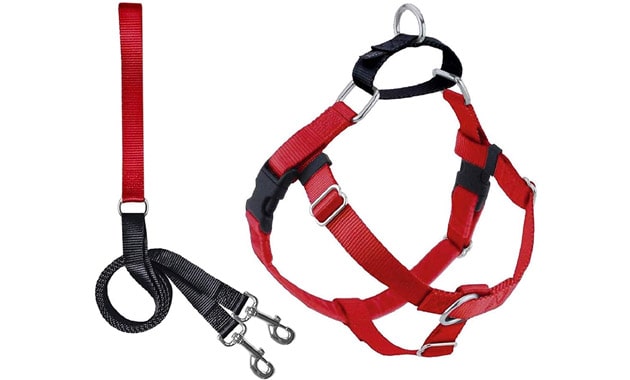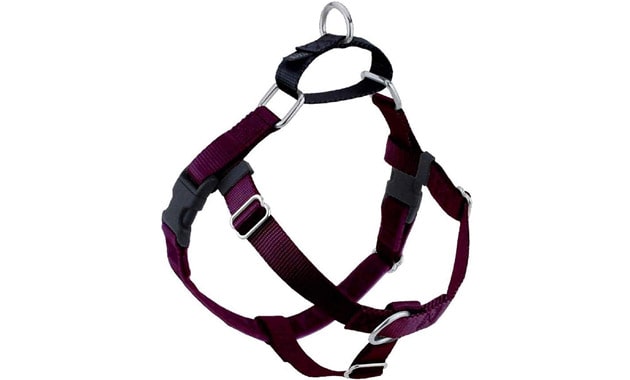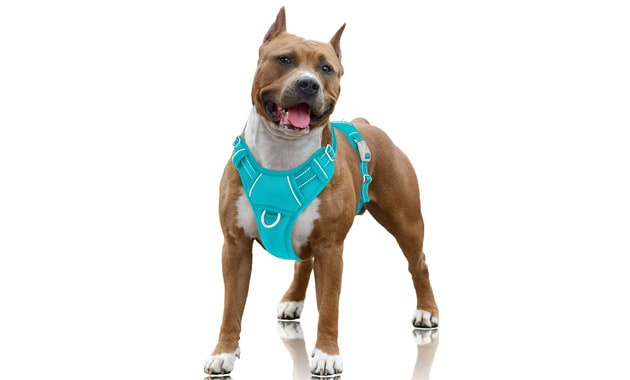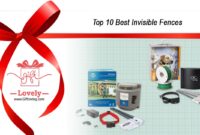Tips for Choosing Best No Pull Dog Harnesses
Investing in a high-quality no pull dog harness can make walking your dog much easier and enjoyable. But with so many options claiming to stop pulling, how do you select the right one? Consider these tips when picking the 10 best no pull harnesses for your pup’s needs:
Evaluate Your Dog’s Size and Build
An ill-fitting harness won’t prevent pulling, so accurately measure your dog’s chest and neck circumference. Factor in their body shape as well—greyhounds need different proportions than pugs. Choose a size chart that fits your dog’s measurements, then adjust straps for a snug but comfortable custom fit. Trying on harnesses is ideal to ensure proper sizing.
Assess Your Dog’s Pulling Tendencies
Determine if your dog is a constant puller or only excited at first. Do they lunge after squirrels or pull towards other dogs? This will help decide whether you need a dual-clip, front-clip or specially designed no pull harness. Know if they get tangled easily or wiggle out of their gear to select secure yet comfortable designs. Match the harness to your dog’s specific pulling habits.
Look for Padded, Adjustable Designs
For no pulling, the harness must distribute pressure comfortably across your dog’s chest and body. Padding at the chest and belly prevent uncomfortable strain. Multiple adjustable straps ensure a customized, secure fit without pinching or choking from pulling. This disperses force in the right areas rather than the neck. You should be able to slide two fingers between straps and dog.
Choose Durable, Chew-Resistant Materials
Playful chewers and powerful pullers can damage flimsy harnesses. Select rugged, reinforced materials like nylon webbing, neoprene and ballistic nylon. Thick padded straps add comfort and resist chewing. Make sure hardware like buckles and D-rings are high quality. Inspect stitching to ensure it’s reinforced and not easily frayed. The right materials withstand your dog’s specific chewing and pulling habits.
Look for Anti-Pulling Features Like Front Clip
Specialized no pull features give you control without choking your dog. Front-clip harnesses redirect your dog back toward you if they pull on leash. Some have both front and back clips for steering and training. Added belts and handles let you easily restrain overeager pups. But avoid severe restraints—the right features gently discourage pulling without forcing your dog into unnatural positions.
Ensure a Secure Yet Comfortable Neck Opening
A major escape and choking risk of poor harnesses is a neck opening that’s too large or restrictive. The neck strap should be snug enough to prevent backing out but not constricting. Measure your dog’s neck and ensure the opening is sized appropriately or adjusts to their shape. Padding prevents rubbing while still discouraging backward escapes.
Balance Freedom of Movement with Control
Preventing pulling shouldn’t mean severely restricting your dog’s mobility. Allow enough slack for good range of motion but adequate snugness for control. Specific control features like front-clip chest pieces give steering without limiting overall movement. Test the harness for uninhibited movement while still keeping your dog focused on you.
Match the Harness to Your Dog’s Purpose
Factor your dog’s main activity with the harness—long walks, running, hiking, car rides. Breathable lightweight designs suit active movement, while thicker harnesses take rugged wear and tear. Make sure the straps and hardware won’t catch on your car’s seat belts. Matching the harness to its intended purpose ensures safe, comfortable performance.
Check Reviews for Consistent Quality
It pays to stick with established brands known for consistent sizing, durability, safety and effectiveness at preventing pulling. While pricing varies, trusted brands like Ruffwear, Rabbitgoo and Blueberry Pet invest in materials and construction. Check reviews about sizing though, as quality still depends on the right fit for your dog.
Try the Harness On Your Dog First
Before hitting the trails, test out any new harness in a safe enclosed area. Check the fit and watch your dog walk, run and move around. Make sure they don’t trip or get tangled. Look for signs of discomfort, unstable construction or ability to pull. Adjust straps as needed for both control and freedom. A test run helps you ensure the harness performs as expected for your pup.
By accurately sizing your dog, evaluating their needs, selecting quality durable materials, and testing the fit, you can choose a no pull harness that keeps your dog comfortable, secure and focused on you during walks. The right design means enjoying strolls rather than being dragged by an unruly puller!
